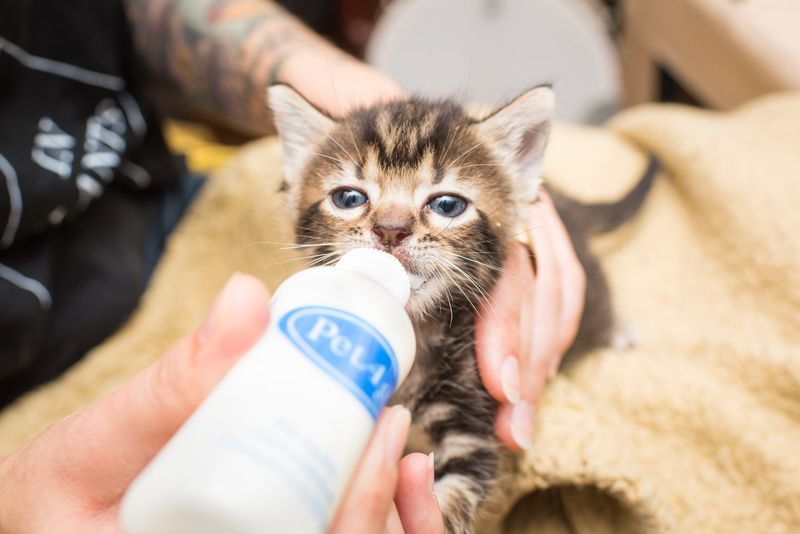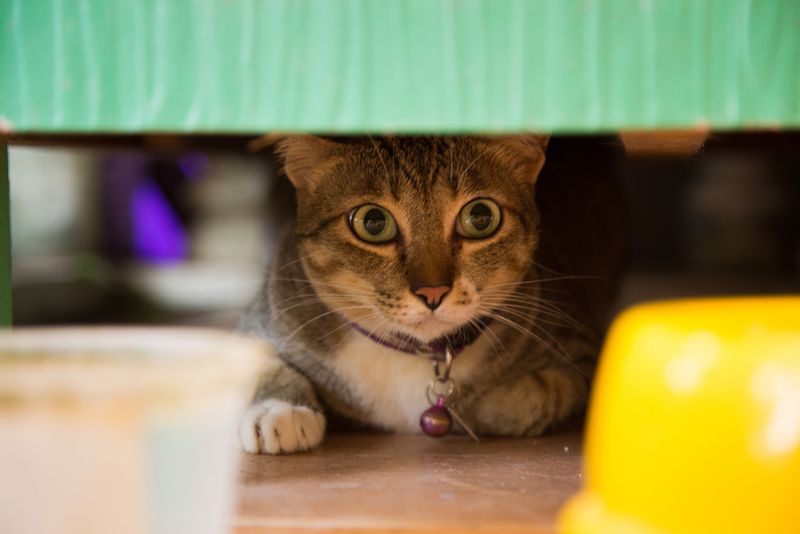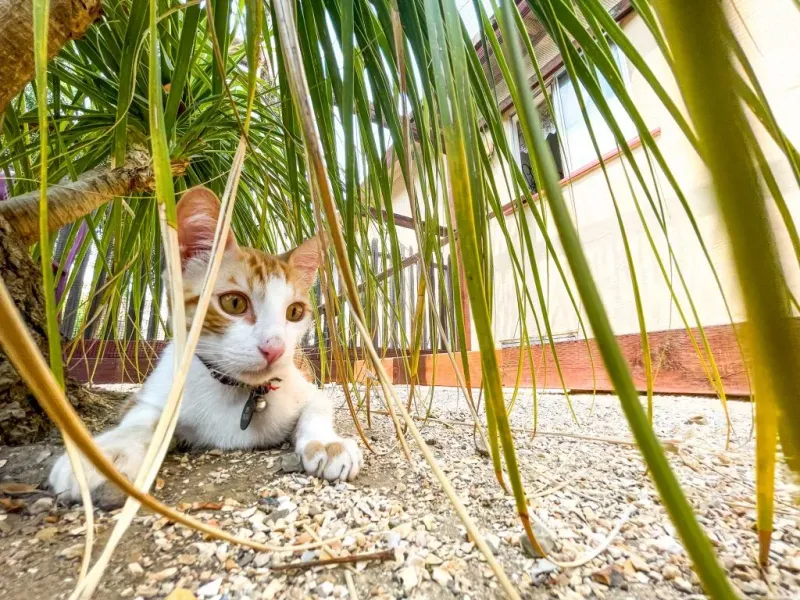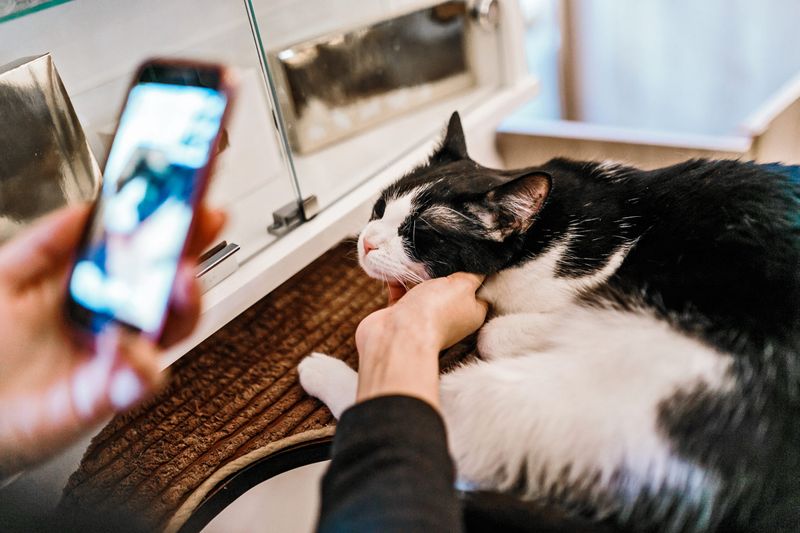📖 Table of Content:
Whether you’re opening your home to a kitten, an adult cat, or a senior who needs a temporary place to heal, your role is vital in helping them transition to a forever home. It’s not just about feeding them—it’s about offering comfort, stability, and a safe space where they can thrive.
Many people are surprised to learn how transformative fostering can be—not just for the cat, but for themselves as well. Watching a once-shy feline emerge from hiding and start to trust you is a uniquely fulfilling experience. Still, fostering comes with its own challenges, and being prepared can make all the difference in creating a smooth journey for both you and your temporary feline friend.
Before you bring a foster cat home, it’s important to arm yourself with knowledge. Understanding their needs and setting up a thoughtful environment can help prevent stress and promote healing. The tips below cover everything from practical setup to emotional readiness, ensuring you’re well-equipped to give your foster cat the best start possible. Let’s explore the ten crucial things every foster parent should know.
1. Create a Safe, Quiet Space
First impressions matter, especially to a cat entering a brand-new environment. Designate a single room—like a spare bedroom or bathroom—where your foster can settle in gradually. This space should be quiet, free from foot traffic, and contain everything they need: food, water, litter box, toys, and a cozy spot to hide or sleep. Avoid overwhelming them by giving access to the entire house too soon. This safe zone acts as their sanctuary and helps reduce fear-based behaviors. Allow the cat to explore at their own pace, without forcing interactions. A calm start can set the tone for a trusting relationship.
2. Stock Up on Essentials
Before your foster cat arrives, preparation is key. Having all the basic supplies in place ensures a smoother transition and shows your cat that their needs are met. Litter boxes (ideally one per cat), a comfy bed, clean bowls, scratching posts, and toys are must-haves. It’s helpful to use the same food they’re used to unless otherwise advised by the rescue. Don’t forget a carrier for vet visits or emergencies—secure transport is critical. Many rescue organizations will provide items or reimburse expenses, so check in advance. With these essentials ready, you’ll start off on the right paw.
3. Be Patient—Every Cat is Different
Every cat comes with its own personality, background, and pace of adjustment. Some may immediately approach you with curiosity, while others may hide under a bed for days. Avoid comparing them to past pets or expecting instant affection—progress might be slow, but it’s still progress. Give them time to learn your scent, your voice, and your intentions. Avoid loud noises or sudden movements that could set back their trust-building. Celebrate small wins: a peek out of hiding, a single purr, a tentative step closer. Patience is a powerful tool in fostering success.
4. Monitor Health and Behavior Closely
Observing your foster cat’s behavior isn’t just a bonding exercise—it’s crucial for their health. You’re likely the first person who’ll notice if something’s off, so take note of changes in appetite, litter habits, energy, or vocalizations. Look for subtle cues: are they grooming too much? Hiding more than usual? Sneezing frequently? Catching medical issues early allows the rescue to intervene before things worsen. Keep a journal if needed, especially during the first few weeks. Your observations may also help match them with the right adopter later on. Being a vigilant caregiver can literally save lives.
5. Let Them Come to You
Rather than reaching out every time you see them, try simply being present. Sit quietly in their room, perhaps with a book or soft music, and let them investigate you on their terms. Cats value autonomy, and building trust is often a silent process. Allow eye contact without staring, and try slow blinking as a sign of friendliness. Avoid picking them up until they show comfort being near you. If they rub against you, they’re claiming you as safe—that’s a big step. Connection grows stronger when it’s not forced.
6. Stick to a Routine
Establishing a routine may seem basic, but it’s surprisingly powerful for feline well-being. Feeding at the same times each day, cleaning the litter consistently, and offering playtime on a schedule can significantly lower anxiety. Predictability builds confidence, especially for cats recovering from trauma or instability. Set boundaries gently but firmly—if you don’t want them on counters, guide them early on. Include interactive playtime to engage their instincts and keep them mentally stimulated. As days pass, your cat will start to anticipate comfort and connection. Routines foster trust and reduce stress-driven behaviors.
7. Keep Their Space Clean
Cleanliness isn’t just about aesthetics—it’s about health and security. Scoop litter daily, wash food and water bowls, and keep bedding fresh. A dirty environment can lead to illness or behavioral issues, especially in sensitive cats. Regular cleaning also gives you a chance to spot any abnormalities, like blood in urine or a change in eating patterns. Make sure litter boxes are placed in a quiet spot and never too close to food. Cats prefer tidy, private spaces for their business, and respecting that preference helps them feel more at home. A clean space shows them they matter.
8. Respect Their Background
Understanding that many foster cats have experienced stress, abandonment, or neglect is essential. Traumas may not always be visible, but they often shape how a cat reacts to touch, sound, or new surroundings. Never punish fearful or aggressive behavior—it’s usually a sign of past pain or fear. Instead, offer consistency and empathy, letting them rewrite their story in your care. Small acts of kindness—a gentle voice, a quiet presence—can rebuild trust they may have lost. Keep expectations realistic, especially in the early days. Compassionate fostering requires heart, not perfection.
9. Help Them Get Adopted
Promoting your foster cat is part of the journey, and it can make all the difference. Take bright, natural-light photos and jot down notes on their habits, quirks, and preferences. Does your foster love laser toys? Are they lap-cats in disguise? Share those details! Honest and heartfelt descriptions help the rescue find the best match. Some cats thrive in busy homes; others need peace and quiet. The more insight you provide, the better chance they have of finding a forever home. You’re their storyteller—tell it well.
10. Prepare for Goodbyes
Letting go is the bittersweet side of fostering, but it’s also the goal. Remind yourself that your role was to bridge the gap between hardship and home. Feeling emotional is natural—it means you cared deeply and did your job well. Staying in touch with adopters (if they’re open to it) can help ease the transition. Often, fostering leads to fostering again—you might find yourself helping another life soon. With each goodbye, you create space for a new beginning. Love them fiercely, then let them go with pride.










